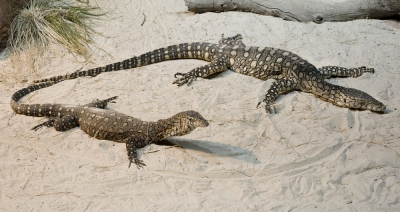
Autumn showcases nature in all its splendour. How do the colours of leaves change during the season? Why do leaves fall? How do animals react to the change in season? Come, let’s find out
Autumn is a transitional period between summer and winter. It is one of the four seasons in the temperate zones. According to the Hindu calendar. Sharad ritu is synonymous with autumn. But autumn
is not very distinct in India, except in some parts of the Himalayas, especially the Kashmir Valley. In the northern hemisphere, autumn begins with the September equinox which occurs on September 22 or 23 each year. This is when the sun crosses the celestial equator and moves southward. During the equinox, the day and night are of nearly equal duration.
Fall colours
French littérateur Albert Camus has aptly described the season- “Autumn is a second spring when every leaf is a flower!” Indeed as the days grow shorter with a perceptible nip in the air, Mother Nature too begins to discard her universal green and sets the countryside on fire with gorgeous red, orange, yellow or brown.
The leaves of many deciduous plants change colour. A leaf contains three pigments-chlorophyll (green), carotenoid (yellow, orange and brown) and anthocyanins (red). Of these, chlorophyll and carotenoid are present in leaf cells during the growth period. But the chlorophyll covers the carotenoid and hence we see only the green colour. Anthocyanins are produced only in autumn under certain conditions in some trees.
During winter, there is not much sunlight for photosynthesis to take place. Trees begin to temporarily shut down their food factory. The green chlorophyll begins to disappear from the leaves and the vivid colours of the carotenoid come alive.
The eastern parts of the U.S. and Canada, Scandinavia, western parts of Europe, China, Korea and Japan are famous for the spectacular fall foliage. Thousands of tourists flock to these places to soak in the flamboyance of nature before everything gets covered by a white blanket of snow!
Why do leaves fall?
The root, stem and branches of trees are able to withstand the harsh winter but not so the tender leaves- they freeze in winter. Therefore, the leaves are shed to ensure the tree’s survival. With the onset of autumn, a layer of cells called the ‘separation layer forms at the base of each leaf. When this layer is complete, the leaf is separated and it falls.
Trivia
*As the mercury begins to drop in the late fall season, people look forward to the ‘Indian Summer’. It is an unusually warm, dry spell which follows frosty weather.
*Autumn is associated with a sense of melancholy, especially by poets. “To Autumn” by well-known English poet John Keats is an ode to the season.
*Chinar, the signature tree of Kashmir, paints the entire valley in gold and crimson red during autumn.
* In the West, the new academic year in schools and colleges coincides with the fall season.
ANIMAL KINGDOM
Come autumn and animals know instinctively that the fun and frolic of summer is over and it’s time for hard work! The falling temperature and reducing daylight trigger hormonal changes in animals. Many birds, animals and even insects begin their long, arduous journey to warmer places to escape the harsh weather ahead
Those who wish to stay put find their own ways to brave the winter. Furry animals grow a thicker coat, while birds grow extra feathers. As autumn gets underway, squirrels, beavers, rodents and even ants get busy gathering food for a snowy day. For those who plan to sleep through winter, autumn is feasting time! Bears chipmunks, hedgehogs, etc. consume excess food and store it as body fat to sustain them during hibernation.
Picture Credit : Google






